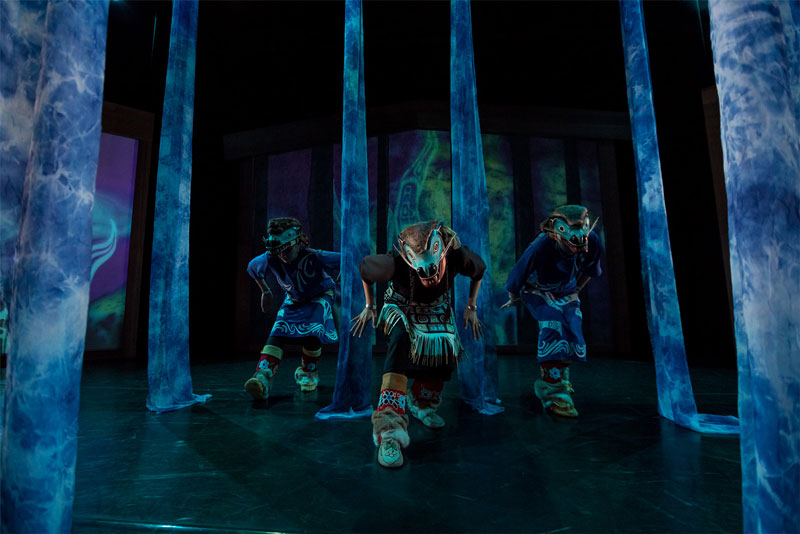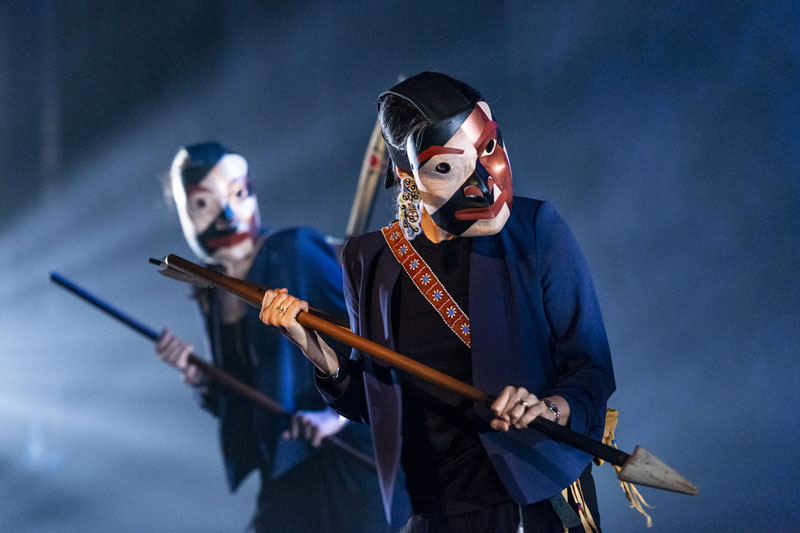Rituals, Elders, Ancestors and lots of land in the Canadian West. Contemporary Indigenous dance is reviving in the Coast Salish Territories. In 1886, the urban settlement of Vancouver was founded here, the inhabitants were displaced. But now the wind is changing.

The spirits of Dance
Canada’s West Coast is world-famous for its potlatch – a lavish gift-giving ritual practiced by First Nations. Long forbidden, the meaning of this celebration seems puzzling today. Yet material expenditure and the immaterial expenditure in dance are a pair. The de-scendants remain on the trail of the meaning – a journey to modern civilization in search of its roots
